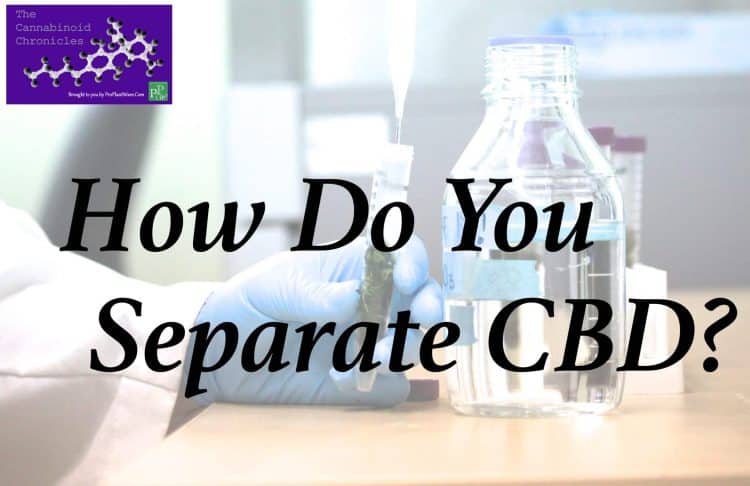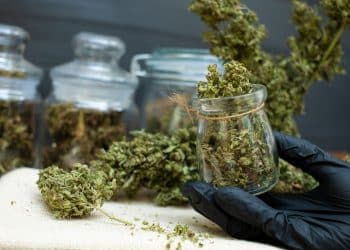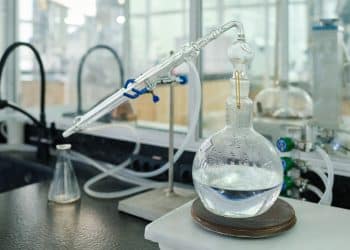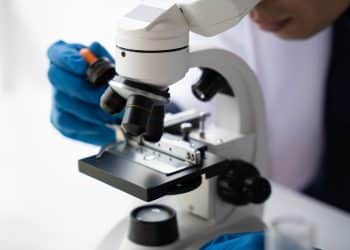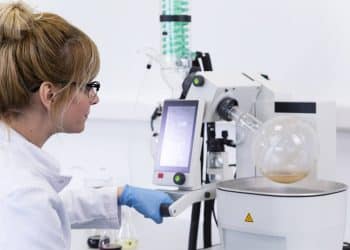Besides leading the cannabis parade in terms of beneficial and coveted qualities, CBD and THC are also stand very close to each other and away from all the other cannabis compounds in terms of extraction.
However, that poses a problem for those seeking to harness the strictly medicinal applications of CBD as THC concentrations above 0.3% are considered mind-altering, not to mention illegal in many states. Therefore, separating CBD from THC with optimal precision is the main goal of leaders in CBD extraction.
And achieving this comes from knowing the differences in the chemical attributes of the two compounds.
Different Boiling Points
The first thing that naturally comes to mind is the different boiling points of THC and CBD, as this is a pivotal point in any extraction method that relies on heat. THC’s boiling point is 157°C (315°F), whereas the boing point of CBD is listed as more of a range – between 160°C and 180°C (320 and 356°F).
Small-Scale Chromatography
This process is very simple, and as good as that may be, there’s a downside – it’s a small-scale operation, not too efficient for industry professionals. Nevertheless, it’s worth knowing as it’s surprisingly precise, especially considering how straightforward it is.
To employ this method, you need a column with fine silica in it, a tube to apply pressure with, and of course, a collection chamber.
Basically, the silica performs the function of a filtration system as applying pressure on the unpurified extract makes its molecules travel through the material, coming out on the other end purer. Materials interact with the silica to different degrees, some for short periods, others for much longer. This permits the separation of the individual chemical species based upon how long they are “retained” on the silica column. Bear in mind the process can work without pressure as well, but it would be much slower.
The process can be repeated multiple times to achieve the maximum purity.
Reversed-Phase Flash Column Chromatography
Flash column chromatography is a specialized form of chromatography that relies on compressed gases like nitrogen or air, or even a pump to push solvents through a column. It’s considered to be much faster than normal chromatography.
Reversed-phase flash chromatography adds a hydrophobic, silica-based stationary phase to the mix which speeds up the process and make for better separation of polar compounds such as THC and CBD.
A solvent gradient is often used to promote molecules being retained on the silica-phase to let loose, and pass through the column. Chromatographers can use multiple solvents in conjunction, at various concentrations, to better refine the elution of the compound they wish to separate. So, while chromatographers may start off with 75% of solvent A and 25% of solvent B, their final solvent concentration might be inverted.
Experiments have shown that, as far as reversed-phase flash column chromatography is concerned, a short-step gradient achieves far superior results opposed to a linear gradient, increasing CBD purity from 75% to up to 99%.
CBD extracts need to be far purer compared to THC extracts since the medical field requires a great deal of precision and a lack of psychoactive elements to distort the picture. However, obtaining a CBD extract with high purity and low contamination of THC can be achieved with refined separation methods.
